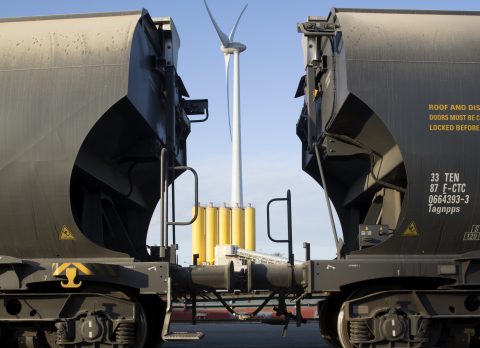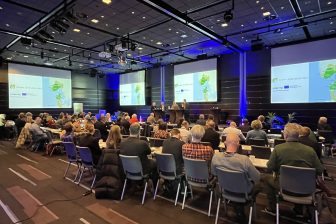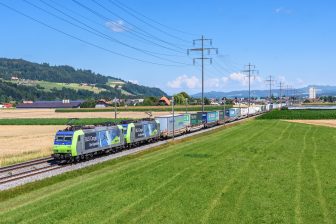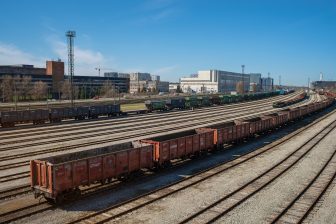
Major EC grant for rail freight study into Ghent-Zeeland ports merger
The European Commission (EC) has approved a 650,000 Euros grant for a potentially vital new Belgian-Dutch cross border rail freight link that is central to plans for a merger between the ports of Ghent and Zeeland.
A three-year feasibility study costing 1.3 million Euros will examine existing ‘bottlenecks’ and the level of investment required on track infrastructure and length on both the Dutch and Belgian sides. The EC funding has been secured from the Connecting Europe Facility (CEF) and represents half of the total amount of the study’s cost.
‘Bottlenecks’
The CEF application was made earlier this year by Zeeland Seaports, the Port of Ghent, Terneuzen municipality and the Zeeland provincial executive, on behalf of a consortium of companies and government agencies committed to improving the rail infrastructure within and between the port areas of Terneuzen and Ghent. These stakeholders, along with the city of Ghent and the province of East Flanders, are contributing the remainder.
It was announced in June that a full merger between the neighbouring ports was a step closer following an exploratory study launched last November. Author McKinseys said there were ‘significant socio-economic benefits’ for the entire area of the two ports’ operations, and that a partnership had a host of benefits, including the potential to deliver increased added value in the region, create more employment and attract bigger investors.
‘Greatly enhance’
The Employees’ Organisation for Brabant and Zeeland (BZW Zeeland) followed up the report by saying rail freight access between the two port authorities was a major issue for the area’s infrastructure, and that a rail link between Terneuzen and Belgium’s Flanders region would ‘greatly enhance’ Zeeland’s business.
Zeeland Seaports says that as part of the joint rail strategy between the two port authorities, several rail bottlenecks in different locations have been catalogued, as well as the ‘missing link’ on the east side of the canal between the two port areas. This is seen as the biggest congestion point, while at Ghent-Seaport there is a need for longer tracks. Companies in the Ghent-Terneuzen region ‘are at a competitive disadvantage’ because of longer travel times and extra costs incurred. The outcome of the study, adds the port, will provide ‘an important tool’ for further investment decisions by public authorities.
Stakeholders
There is support across the board for the project, including from the Belgian government, the Dutch Ministry for Infrastructure and the Environment, and the respective rail infrastructure managers for Belgium and The Netherlands, Infrabel and ProRail. Other cross-sector stakeholders backing the plans include manufacturers Outokumpu (steel), Vlaeynatie & Yara (agriculture), logistics provider Verbrugge, Dutch transport body KNV and the Flemish Department of Mobility and Public Works.
Zeeland Seaports says that the joint submission of the proposals and the securing of a significant subsidy has suggested that a merger between the two areas and authorities has ‘real potential’ at European level. Shareholders and staff will have their say on the merger before it goes ahead, which is likely to be before the end of this year.





